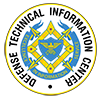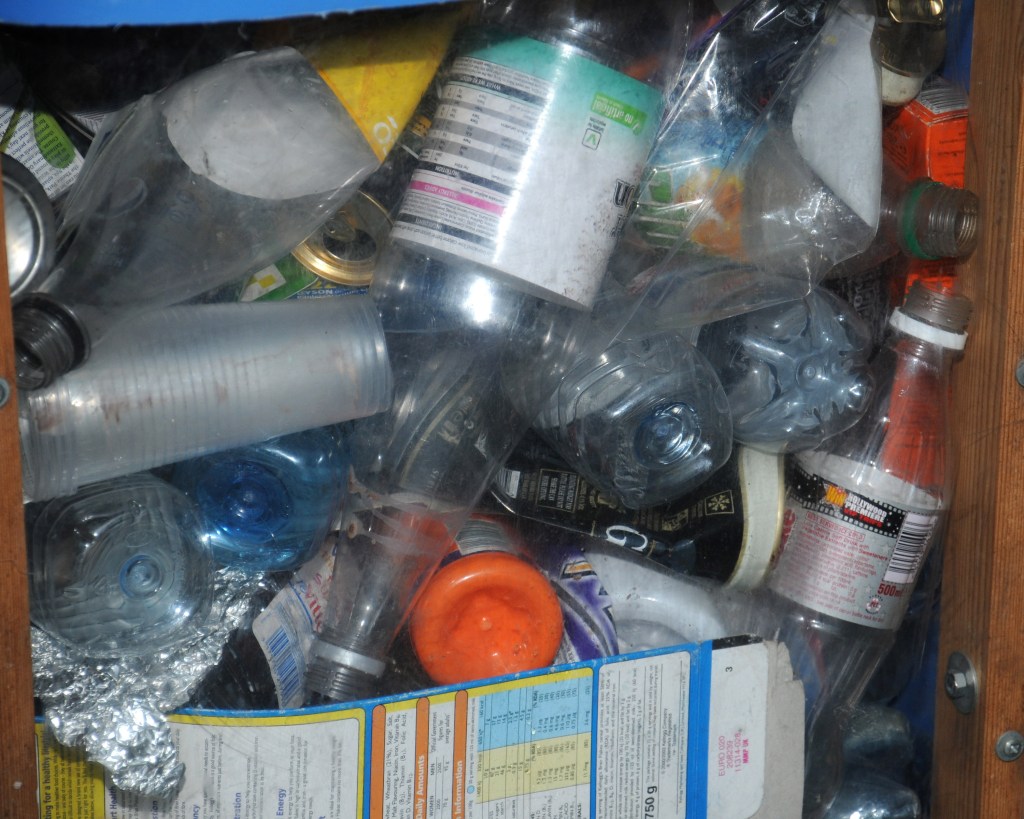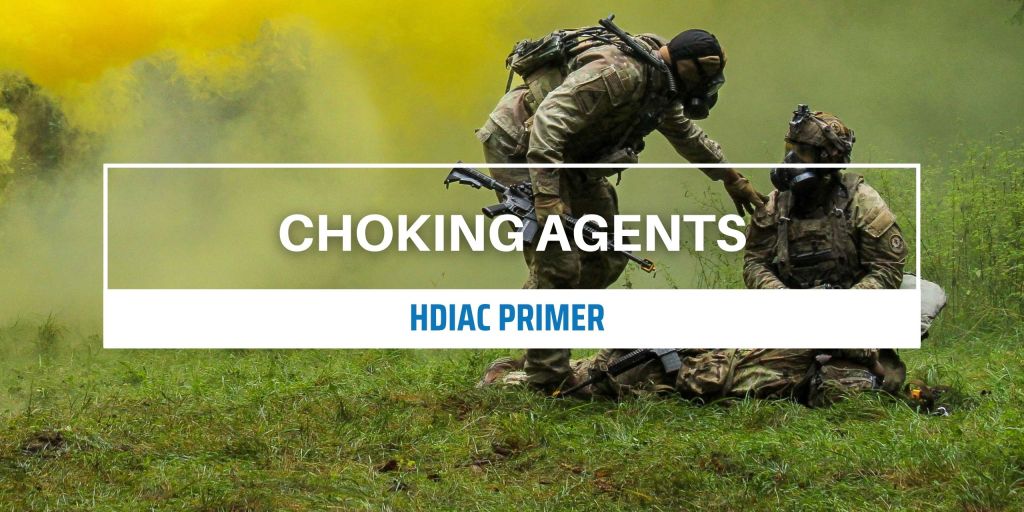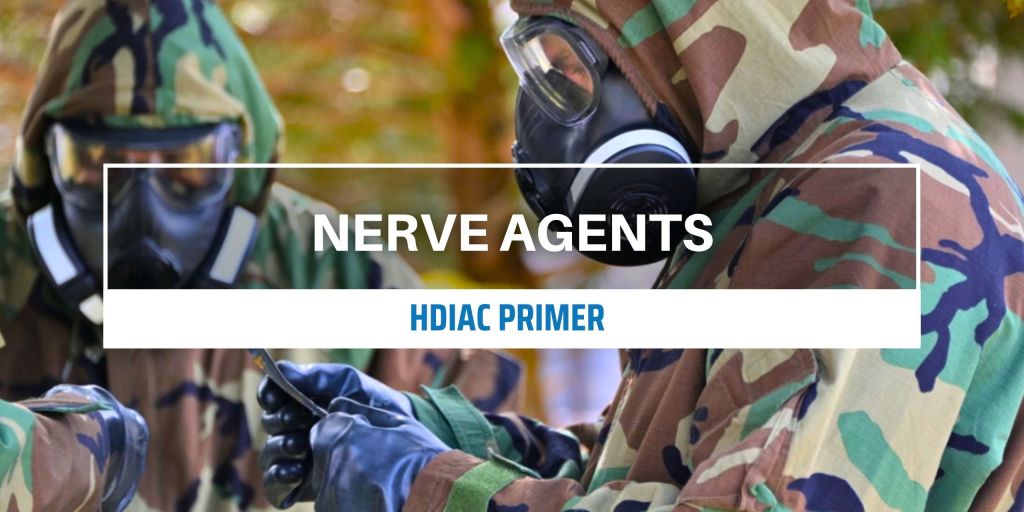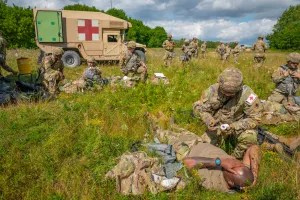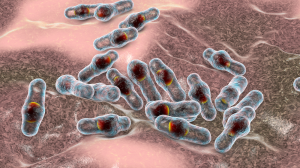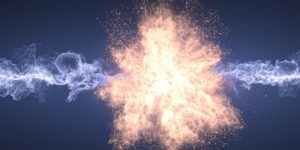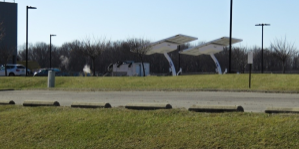Improving the Financial Resilience of Public Entities and Individuals for Natural Disasters
Individuals and state and local governments (public entities) incur losses associated with natural disasters. For individuals, there are costs associated with evacuating, possible periods of unemployment, and costs associated with physical damage caused by the event, much of which is uninsured loss. Similarly, public entities incur damage to public buildings and public utilities and tax…
